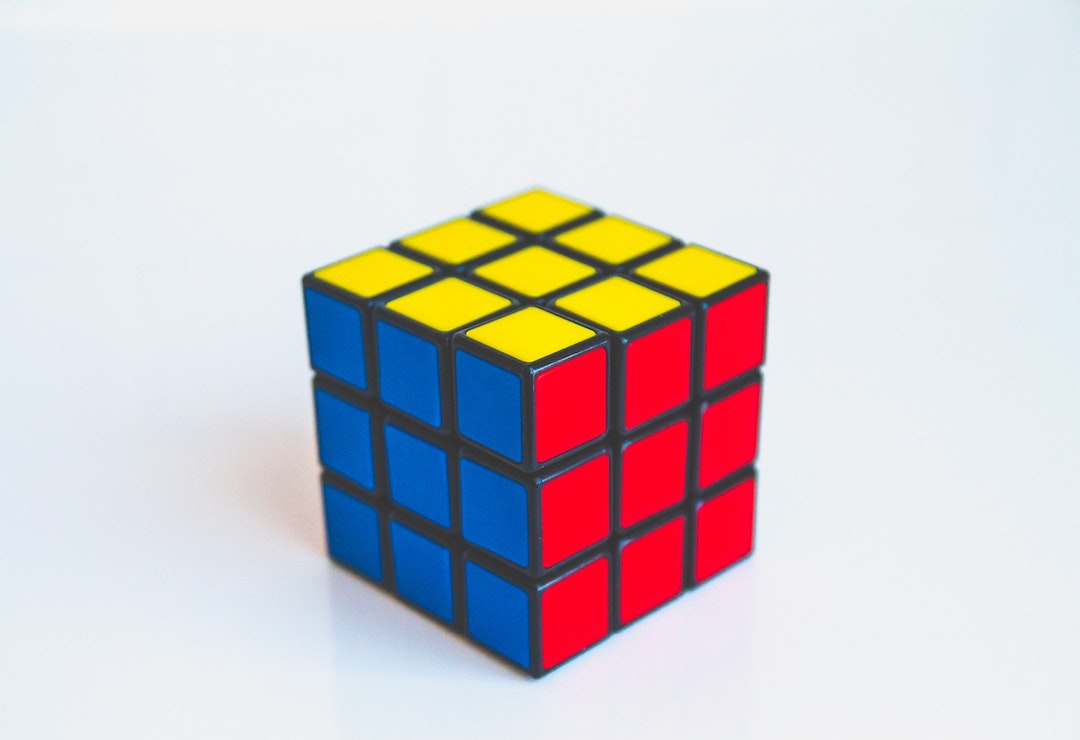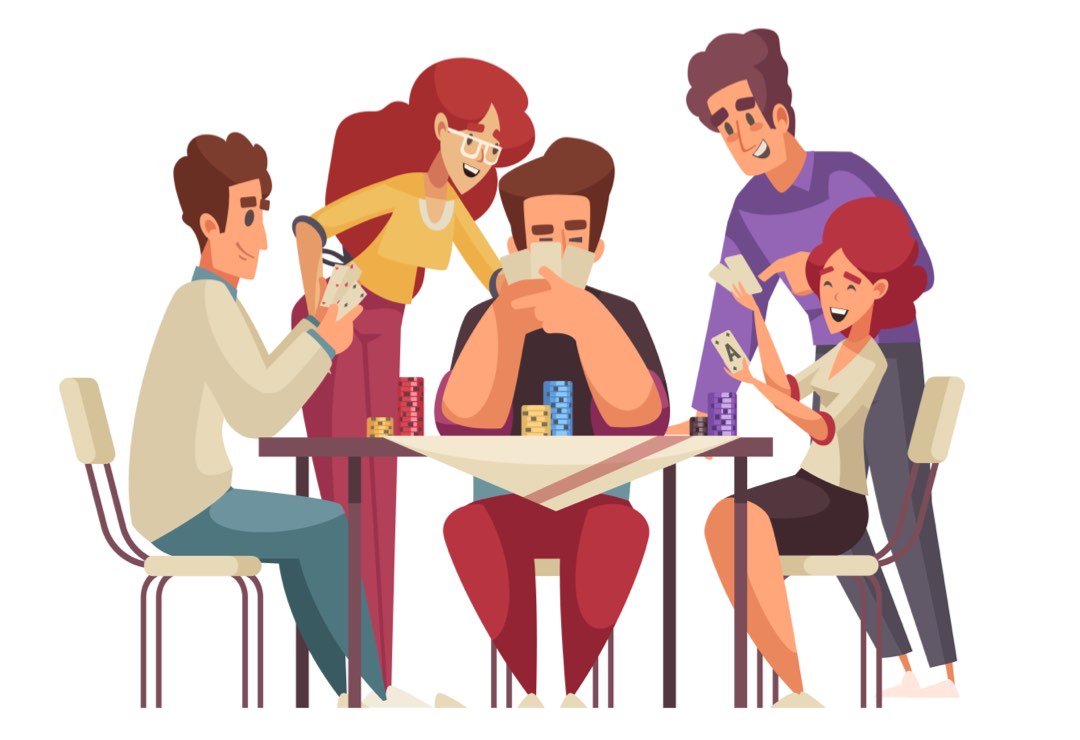The most famous cube in the world can be found on the shelves and homes of many but the history of Rubik’s Cube is one of ups and downs. The magical cubic toy from the 70s has become one of the most popular puzzles in the world, but how exactly did a small and simple puzzle toy become one of the most challenging riddles for all mankind?
History of the Rubik’s Cube
In 1974, Ernő Rubik, a 30-year-old Hungarian architecture teacher, invented the Rubik's cube. While searching for a new task to give his students, Ernő focused on building a three-dimensional model that could move. He wanted his class to understand more about 3D objects and solve structural problems by moving certain parts but not destroying the entire item.
By the fall of 1974, Ernő had created the first wooden model, called Bűvös kocka or Magic cube, and spent an entire month solving it. Only after its construction did the creator realize how tricky the puzzle was. In the following year, Rubik signed a sales contract and by the year 1977, his magic cubes began to be sold at Hungarian toy stores. However, its worldwide fame only began in the 1980s when Ideal Toy & Novelty Company started selling it all over the globe. The cube’s name also changed. The until then Magic Cube was renamed after its inventor - the Rubik’s Cube.
The Rubik’s Cube instantly became an international sensation. From youngsters to adults, the intriguing 3D puzzle captured everyone’s attention.
By the year 1982, over 100 million Rubik’s Cubes had been bought, although most of them had not been solved. The over 43 quintillion possible configurations made it quite challenging to discover how to solve it. Its algorithms and solution theories became very popular content. Until the end of the decade, to help frustrated owners, many books on how to master the magical cube were published.
Rubik’s Cube algorithms
In 1980, David Singmaster published a mathematical analysis of the Rubik’s Cube, containing his proposal of a solution to the puzzle, the “Layer by layer”. The proposed strategy was to complete one face at a time, starting from the bottom one and finishing with the top face. Singmaster also invented the popular Rubik’s Cube notation, in which letters were assigned to each face of the cube. This made the understanding of algorithms and solutions much easier.
Another popular publication in the history of the Rubik’s Cube was the 1981 “You can do the cube” book by Patrick Bossert. Based on a strategy developed by the author, at the time at the age of 13, the book offered a simple and approachable understanding of the cube. The easy comprehension of the book made it a tremendous success.
In 1982 Jessica Fridrich invented the CFOP (acronym for Cross-First2 Layers-Orient-Permutate) method, also called the Fridrich method. This method was an improvement to the layer-by-layer Singmaster solution and it enabled the advent of speedcubing.
Nevertheless, Fridrich's popularity amongst cubers began only in 1997 when the Hungarian mathematician published the CFOP method online. This awoke the Rubik’s Cube enthusiasts since the Hungarian cube had been losing popularity after the year 1983.
To this day, the CFOP is one of the most used speed-solving strategies, perhaps the most popular one among Rubik’s speedcubers.
Rubik’s Cube world championships
In 1982, the first international competition in the history of the Rubik’s Cube took place in Budapest, and 19 countries participated. The first winner of the championship was the American Minh Thai, with an astonishing time of 22.95 seconds. In the following years, the cube’s popularity declined and the world championship did not take place.
The world championships only returned after the Fridrich online CFOP publication. The new wave of Rubik’s Cube enthusiasts, awakened by the Fridrich method, made the cube popular and magical once again. In 2003, the second world championship was held in Toronto. Since that year, Rubik’s world championships have been held every two years.
Apart from the world championships, the World Cube Association hosts many Rubik’s Cube competitions worldwide. It has extended from tournaments of 3x3x3 cubes (the original ones) to 7x7x7 cubes or even blindfolded challenges. Currently, there are up to 17 categories in the Rubik’s Cube championships.
Rubik’s Cube world record
The current Rubik’s Cube world record is set at 3.47 seconds. This impressive time was achieved by Yusheng Du of China, in 2018 at the Wuhu Open competition. Yusheng was 21 years old at the time and his record time was 0.75 seconds faster than the previous record set by the Australian Feliks Zemdegs.
The European record is of 3.97 seconds and is held by Tymon Kolasiński while the North American fastest time is of 3.63 seconds and is held by Max Park. Max Park and Tymon Kolasiński are tied for the world’s best Rubik’s Cube average time (both at 4.86 seconds) and many believe that one of them will surpass Yusheng’s time soon.
Until this day, more than 300 million Rubik’s Cubes have been sold. The challenging Rubik’s invention is one of the most popular toys of the past century and it still manages to challenge any mind. If you don’t own one, do not worry. You can test your skills in this online game - The Cube.




